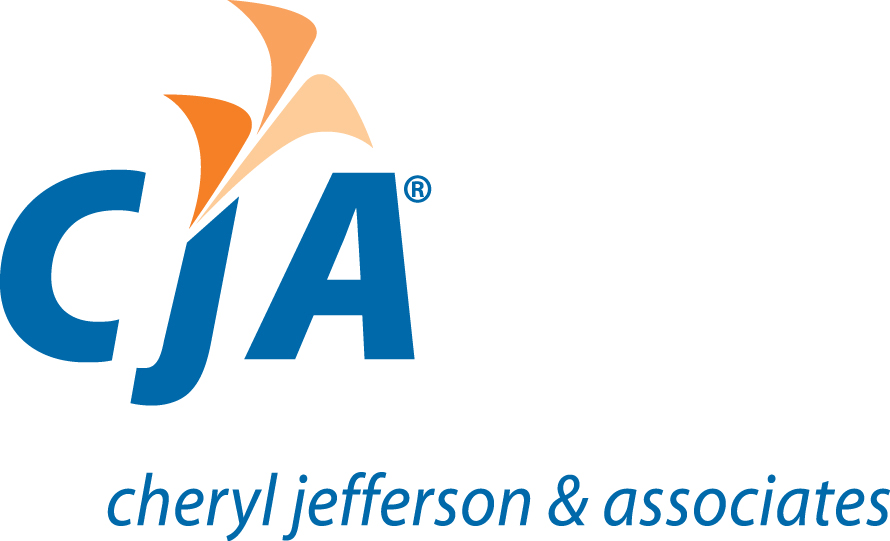Indirect Costs: Overhead vs G&A
As a government contractor, have you ever sat there and thought to yourself, ‘Gee it would be so much easier not having to worry about the allocation of all my business’ costs?’ Surely, you are not the only one. Being compliant with FAR can be time consuming, but it is important. First, identify if a cost is direct or indirect. An important question to ask is: Is the cost specific to only one cost objective? Cost objectives can include a contract, a task, or a contract line item. Direct costs are costs that are specific to one cost objective. Examples of direct costs are direct labor and material. These items are exclusive to specific cost objectives.
Indirect costs are not specific to a cost objective. These costs typically are split into 3 categories: Fringe, Overhead, and General and Administrative (G&A) costs. Fringe costs usually are the easiest to identify. They relate to employee costs, such as payroll taxes and compensated absences (sick and vacation time). People struggle the most with identifying overhead and G&A costs because they have similarities. So, what exactly are overhead and G&A costs?
Overhead Costs
Overhead costs directly relate to contracts but are not specific to one contract. People often refer to these costs as contract support. If a government contractor does not have any contracts, then they will also not have any overhead costs. Examples of overhead costs include:
- Travel costs
- Recruiting expenses for direct employees
- Training
- Conference fees (specific to contract support)
Labor can also be an overhead cost. An example of overhead labor is a meeting with project managers that is not specific to one contract.
General and Administrative (G&A) Costs
General and Administrative expenses are the indirect costs that a business incurs to run its daily operations. These costs are not identifiable to a project, contract, or a product. This means that they exist even if a government contractor has no contracts. Examples of G&A costs include:
- Accounting services
- Marketing
- Office supplies
- Bid and proposal (B&P)
In some instances, employee labor is a G&A cost for a business. For example, employees who only perform administrative functions record their labor as G&A.
Identifying and properly classifying indirect costs is important as a government contractor. At times this can be a tricky task, but it does not have to be. If this is a challenging area for you, Cheryl Jefferson & Associates would love to assist you.
Originally written by Elizabeth A. Wells
Updated and additional content provided by Elizabeth Partlow

